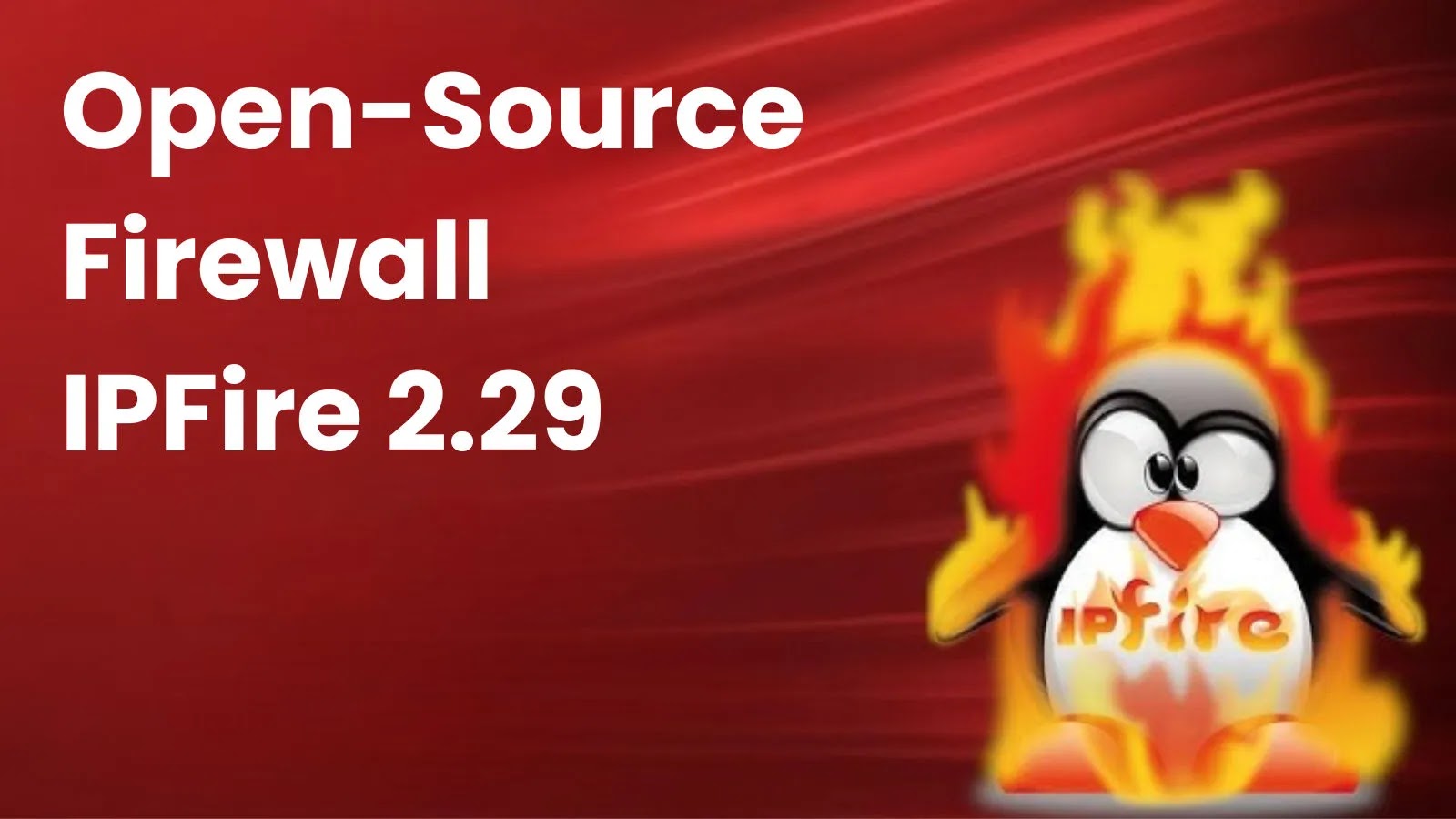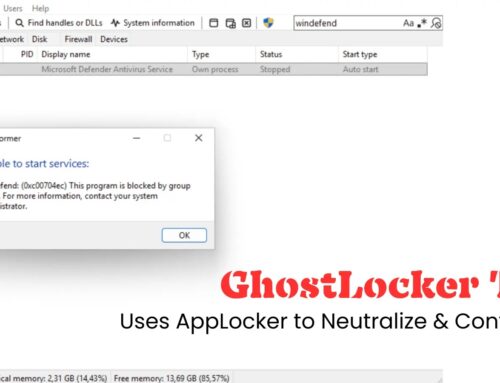
Open-Source Firewall IPFire 2.29 With New Reporting For Intrusion Prevention System
The digital landscape demands robust defenses, and for many organizations, open-source solutions provide a powerful, flexible, and cost-effective answer. Among these, the IPFire firewall stands out as a reliable guardian. Its latest iteration, IPFire 2.29 Core Update 198, marks a significant leap forward, particularly in its Intrusion Prevention System (IPS) capabilities. This update isn’t just about tweaking existing features; it’s a re-imagining of how users monitor and respond to network threats, offering enhanced visibility and bolstered security through state-of-the-art reporting and systemic improvements.
IPFire 2.29: A New Era for Intrusion Prevention Systems
Core Update 198 for IPFire 2.29 introduces a profound enhancement to its Intrusion Prevention System. At its heart, this update integrates Suricata 8.0.1, a high-performance, open-source network IPS that delivers enhanced rule processing, improved performance metrics, and sophisticated threat detection. This integration allows IPFire to more effectively identify and block malicious traffic patterns, from common exploits to advanced persistent threats (APTs).
The update emphasizes proactive defense, moving beyond mere detection to active prevention. Suricata’s capabilities within IPFire 2.29 mean that potential threats are not just logged but are actively mitigated before they can cause damage to the network infrastructure. This is critical for businesses and organizations that rely on continuous operation and data integrity.
Advanced Reporting for Unprecedented Visibility
One of the most compelling aspects of IPFire 2.29 Core Update 198 is its emphasis on innovative reporting tools. Understanding network activity, identifying attack vectors, and assessing the effectiveness of security measures are paramount for any cybersecurity strategy. This release provides users with granular insights into IPS events, offering a clear and concise overview of detected and prevented intrusions.
- Detailed Threat Timelines: Visualize exactly when and how intrusion attempts occurred.
- Origin and Destination Analysis: Pinpoint the sources of attacks and their intended targets within the network.
- Rule-Set Performance: Understand which Suricata rules are most frequently triggered, allowing for fine-tuning and optimization.
- Actionable Intelligence: Reports are designed not just to show data, but to provide insights that inform policy adjustments and strengthen overall network posture.
This level of reporting transforms raw data into actionable intelligence, allowing administrators to make informed decisions and continuously adapt their defense strategies against evolving cyber threats.
Toolchain Rebasing and Package Updates: The Foundation of Security
Beyond the headline IPS improvements, IPFire 2.29 Core Update 198 demonstrates a commitment to foundational security through comprehensive system updates. The release features significant toolchain rebasing, which involves updating the core software development tools and libraries used to build the operating system. This ensures that the entire system benefits from the latest security patches, performance optimizations, and bug fixes from upstream projects.
Alongside toolchain enhancements, IPFire 2.29 includes extensive package updates across the board. This means that various components, from network utilities to cryptographic libraries, are brought up to their latest stable and secure versions. This meticulous attention to underlying software components is crucial for maintaining a strong security posture, as vulnerabilities often lurk in outdated or unmaintained packages. For instance, addressing potential flaws in a widely used library like OpenSSL (if applicable to the update) could prevent a system from being exposed to vulnerabilities such as CVE-2023-5678.
Designed for Scalability: From Small Offices to Enterprise Environments
IPFire’s design philosophy has always centered on versatility, and 2.29 Core Update 198 continues this tradition. Whether deployed in a small home office or scaled up to protect larger enterprise networks, the enhancements in this release are beneficial. The improved performance of Suricata 8.0.1 ensures that the IPS can handle higher traffic volumes without becoming a bottleneck, a critical factor for growing organizations.
The detailed reporting also scales effectively, providing clear insights relevant to both a single administrator managing a handful of devices and a security team overseeing a complex corporate infrastructure. IPFire remains a compelling choice for those seeking a powerful, open-source firewall solution that can adapt to diverse operational requirements and threat landscapes.
Key Takeaways for Cybersecurity Professionals
IPFire 2.29 Core Update 198 signifies a robust upgrade for users seeking advanced network protection. The integration of Suricata 8.0.1 elevates its IPS capabilities, allowing for more precise threat detection and prevention. The emphasis on detailed, actionable reporting empowers administrators with the visibility needed to understand and respond to network intrusions effectively.
Furthermore, the underlying system improvements—through toolchain rebasing and extensive package updates—reinforce the firewall’s foundational security. For IT professionals, security analysts, and developers, this update offers not just enhanced features but a stronger, more transparent, and more resilient defense against the persistently evolving array of cyber threats.





